|
|
EXHIBITS AND COLLECTIONS
| Museum Open House Program Features HLM
Exhibits
Schooners and nor'easters, shipwrecks, and rescues! The maritime history of Boston Harbor abounds at the historic 1889 Point Allerton U.S. Lifesaving Station with engaging exhibits, a hands-on children's loft, and spectacular view of Boston Light from our observation cupola.
Upcoming Exhibits: Coast Guard Art Exhibit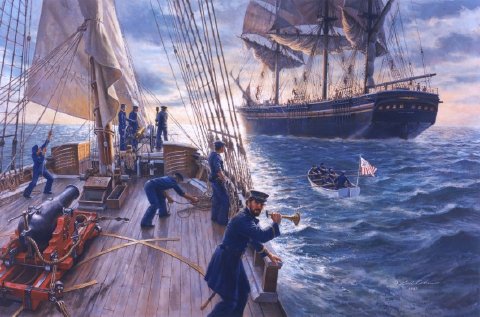
March 13, 2016 - May 31, 2016
OPENING RECEPTION, Sunday, March 13, 2016, 2-4:00 pm
Point Allerton Station
1117 Nantasket Ave., Hull
The Coast Guard Art Program (COGAP) which celebrates its 35th anniversary this year, communicates the Coast Guard's important mission to diverse audiences through fine arts. Twenty-one works by 17 artists of the U.S. Coast Guard Art Program will be on view at the Museum through May 31, 2016. Paintings include modern-day Coast Guard missions as well as major events in the service's 226 year-long history.COGAP art provides visual testimony to the unique contribution the Coast Guard makes to the nation in its multifaceted role as a military, humanitarian and law enforcement organization.
Current Exhibits:
Introducing the H. Russell Libby Collection ~ April 2, 2015 - June 2015
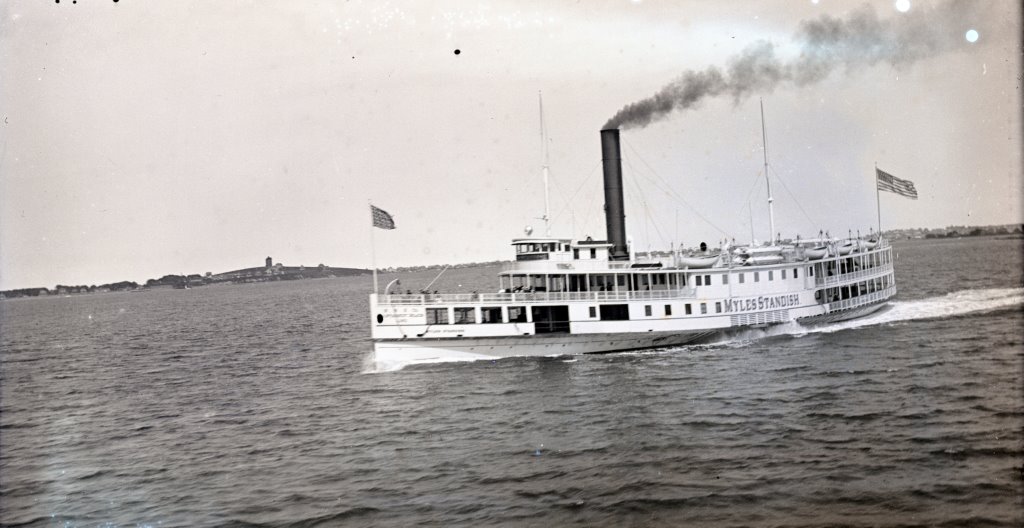
This rare collection of glass plate negatives offers an intimate glimpse of Hull a century ago, with many images of the Nantasket Steamboat Company boats and crews, Nantasket Beach, and the Boston waterfront. Prints from the collection will be on exhibit throughout Spring 2015. Keeping a Weather Eye: Shipwrecks and Lifesaving in Boston Harbor
 Point Allerton U.S. Lifesaving Station and Crew, c1890, HLM Collection
Excerpt from the Point Allerton U.S. Lifesaving Station Log, April 8, 1894
The wind and sea increasing, thinking it probable the vessel would drag and part chains, sent a man with horses for our Beach Apparatus. Launched boat, taking two volunteers with us, and tried to reach her. The sea rushed in with such velocity, [we were] unable to reach her and [were] driven back to the beach where we took two more MHS crew and started anew. When nearly out to her, she commenced striking bottom, swinging around broadside, breaking the schooner some, so that we were able to get near enough for one man to jump into [the] boat. On getting nearer the second time, the remainder of the crew, five in number, jumped all at once for the boat, one man falling overboard. We were fortunate and got him. Started for shore and made a good landing.
The crew were taken to the Station and provided with dry clothing, also with food. Less than two hours after taking off this crew, the vessel went to pieces and is strewn along the beach. This schooner was the Mary A. Hood from Philadelphia for Bath, Maine with iron pipe. Joshua James, Keeper
Keeping a Weather Eye, the first new interpretation of the historic Point Allerton Lifesaving Station in more than 10 years, includes photographs, logs book accounts, newspaper articles, artifacts, and film clips, as well as interactive elements for visitors of all ages.
Online Exhibits: The Samuel and Beatrice Arnold Antique Postcard Collection
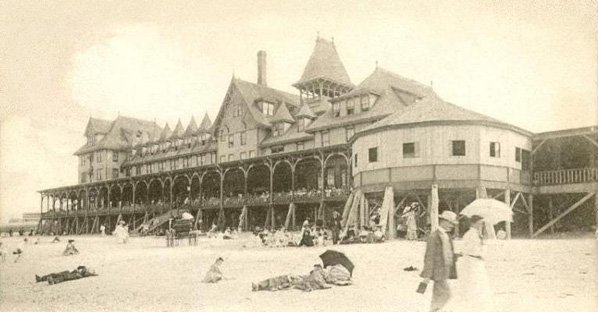
Changing Lives Now
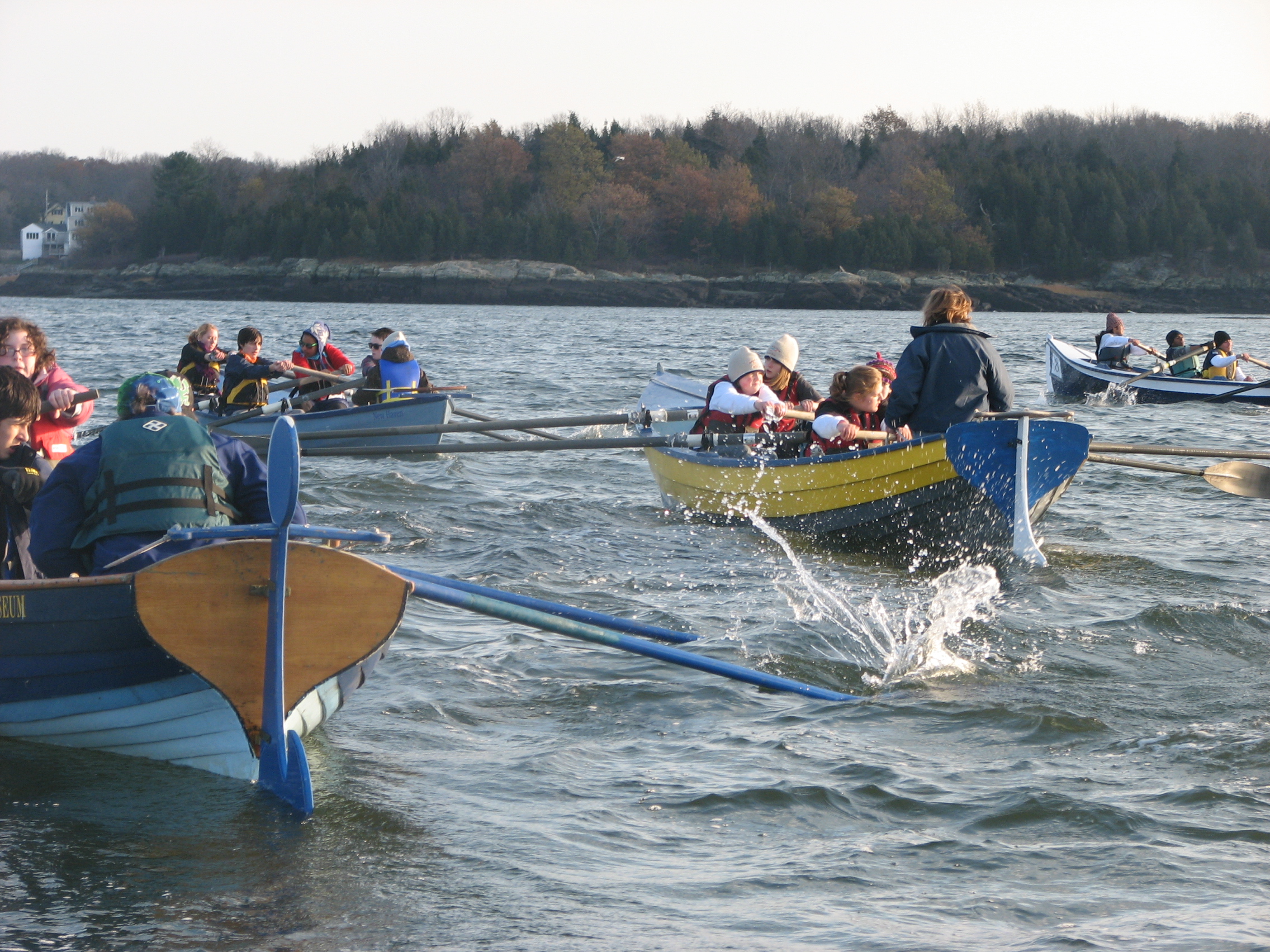
The Hull Lifesaving Museum Maritime Program is a unique and diverse program that preserves the 19th century lifesavers skills and ethic, while encouraging outdoor exploration and self-discovery through experiential education for youth and adult participants.
Past Exhibits
Sea Dogs! Great Tails of the Sea
A traveling exhibit on loan from Mystic Seaport Museum, celebrates the special relationship shared by humans and dogs who live and work by the sea.
| Lifebuoy Saves Lives!
Turn-of-the-century advertisements for Lifebuoy soap proclaimed the slogan “Lifebuoy Saves Lives” and featured images of heroic coastal lifesavers.
The Camera's Coast
A sampler of historic coastal New England images from the collections of Historic New England.
| Joshua James
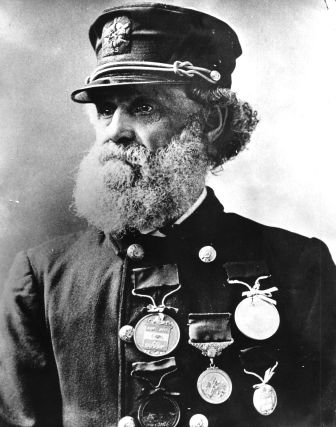 Joshua James (1826-1902) was born in Hull, Massachusetts, and lived his entire life in this small, seaside town. He lived to be 75, devoting 60 of those years to saving over 1,000 lives from shipwrecks at the mouth of Boston Harbor. James and the surfmen from Hull’s Massachusetts Humane Society and U.S. Life Saving Service crews were the best in the world--and renowned for their deeds. Amazingly, no one ever died in a rescue in which Joshua James participated. Read more. Joshua James (1826-1902) was born in Hull, Massachusetts, and lived his entire life in this small, seaside town. He lived to be 75, devoting 60 of those years to saving over 1,000 lives from shipwrecks at the mouth of Boston Harbor. James and the surfmen from Hull’s Massachusetts Humane Society and U.S. Life Saving Service crews were the best in the world--and renowned for their deeds. Amazingly, no one ever died in a rescue in which Joshua James participated. Read more.
Nantasket, Massachusetts Humane Society Surfboat
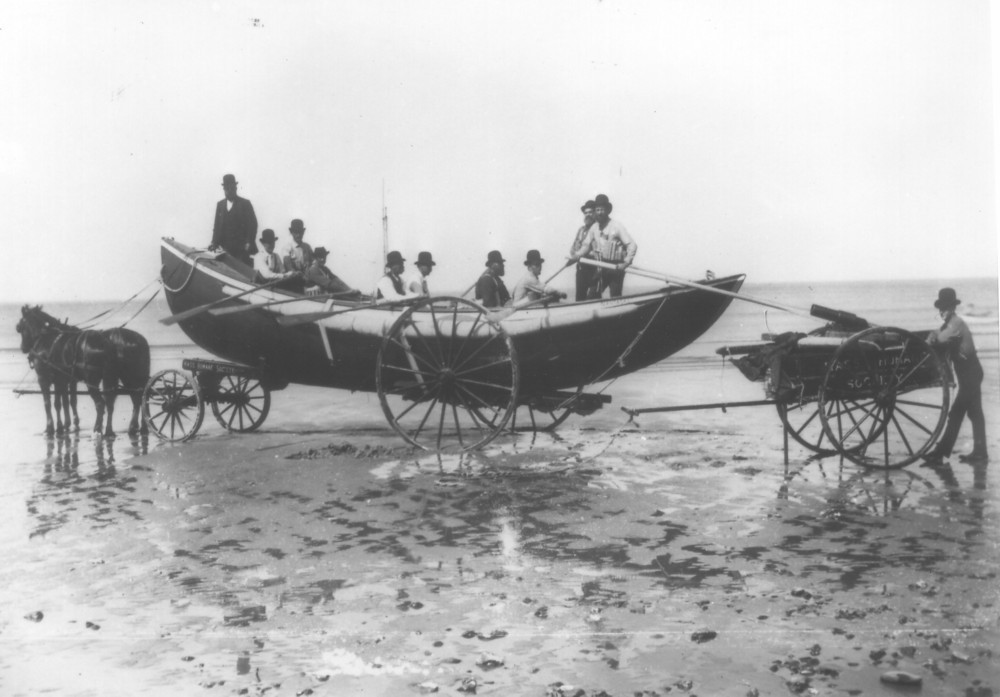 Nantasket was part of the network of volunteer lifesavers and rescue equipment maintained along the Massachusetts coast by the Humane Society. Designed by Joshua James’ older brother, Captain Samuel James, Nantasket was styled to handle the heavy surf off Hull’s Nantasket Beach. Read more. Nantasket was part of the network of volunteer lifesavers and rescue equipment maintained along the Massachusetts coast by the Humane Society. Designed by Joshua James’ older brother, Captain Samuel James, Nantasket was styled to handle the heavy surf off Hull’s Nantasket Beach. Read more.
Great Storm of 1888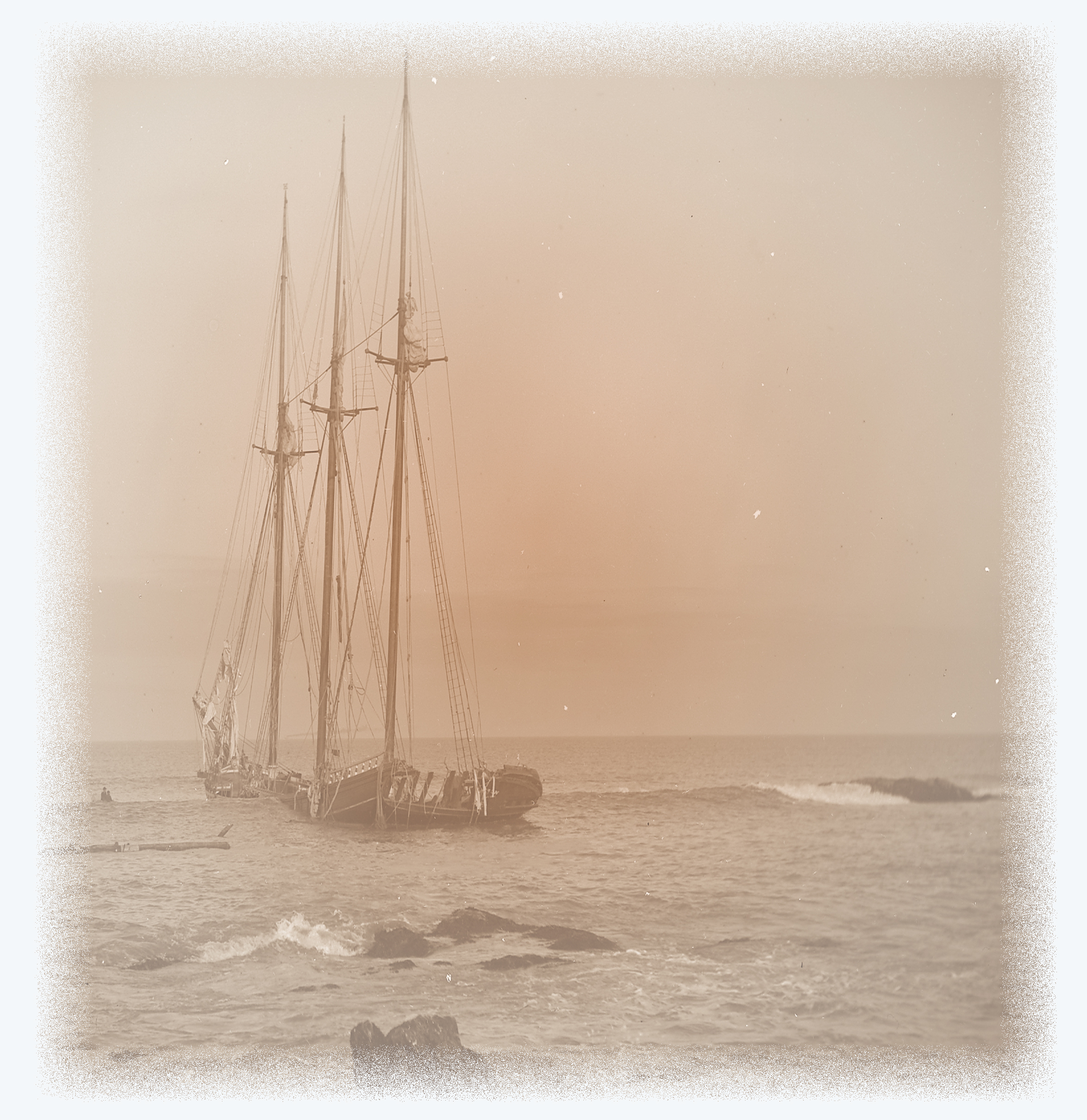
On the morning of November 25th 1888, Joshua James spotted six schooners anchored in Nantasket Roads, a half mile southwest of Boston Light. The first to run aground in the mounting storm was the Cox and Green, which struck rocks in mid-afternoon, half a mile from the Humane Society’s boathouse at Stony Beach. The breeches buoy was used to rescue all eight sailors aboard. Read more.
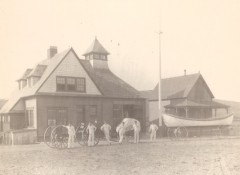 Point Allerton US Lifesaving Station Point Allerton US Lifesaving Station
USLSS era
The Point Allerton US Lifesaving Station was constructed in 1889 to provide coastal lifesaving services in Boston Harbor. The original building is an Albert B. Bibb #2 Type U.S. Lifesaving Station, the first new station design of architect Alfred Buruley Bibb, who designed four station plans and two one-of-a-kind stations in his career with the Lifesaving Service.
After two years of planning and preparation, our station restoration has been completed. Our heartfelt thanks go out to all those who have helped us meet that mission:
Humane Society of the Commonwealth of Massachusetts
Massachusetts Historical Commission
Massachusetts Cultural Commission-Cultural Facilities Fund
Vareika Construction
Spencer & Vogt Group
Restoration Fund Donors
Overview of completed Restoration of Point Allerton US Lifesaving Service Station
by Spencer & Vogt Group - Architecture Preservationists
USCG era
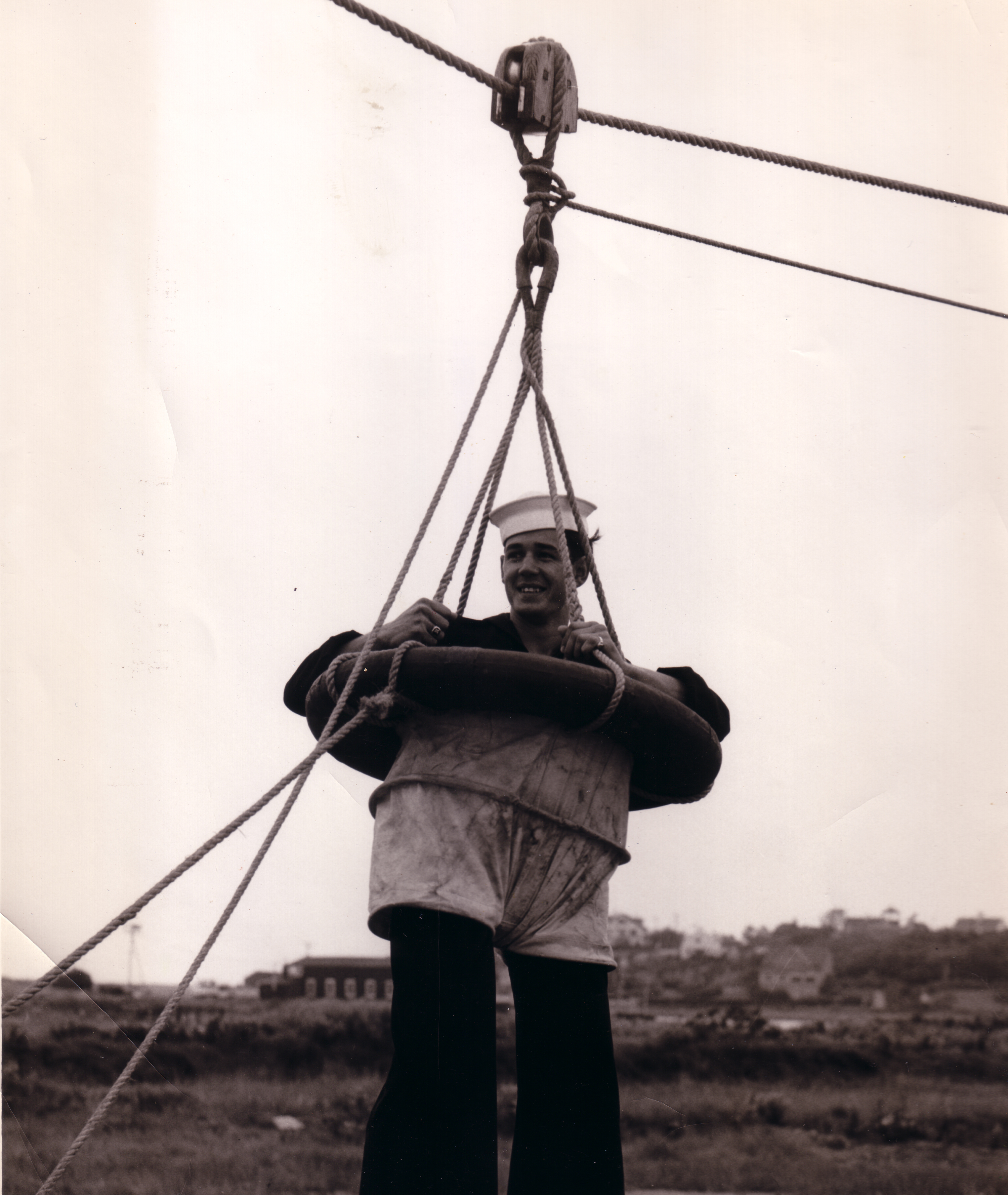 Keeper William Sparrow commanded the Point Allerton Station through its transition to the U.S. Coast Guard in 1915. Point Allerton Station is one of the busiest and most distinguished in the Northeast. Keeper William Sparrow commanded the Point Allerton Station through its transition to the U.S. Coast Guard in 1915. Point Allerton Station is one of the busiest and most distinguished in the Northeast.
Crews from “P.A.” guarded the Harbor in both World Wars, and, with Scituate, responded to the 1956 grounding of the Italian freighter Etrusco off Scituate. Point Allerton crews worked tirelessly to save lives and minimize destruction during the devastating Blizzard of ’78. Performing search and rescue, conducting drug interdiction, and escorting hazardous tankers are only some of P.A.’s routine port security duties.
The new Point Allerton Station was commissioned on April 18, 1970. It is home to 35 active duty and 25 reservists, a 47-footer, 41-footer, and three 25-foot, fast-response safe boats. In 2000, Point Allerton Station assumed command of Station Scituate.
In 2003 Point Allerton’s CWO2 Patrick Higgins initiated the founding of a national award honoring longevity and outstanding performance in boat operations. The Joshua James Ancient Keeper Award celebrates those who exemplify the legendary tradition of Point Allerton’s first Keeper.
While Point Allerton’s scope of duties and equipment continue to evolve, the ethic and dedication of the 19th century lifesavers lives on.
| 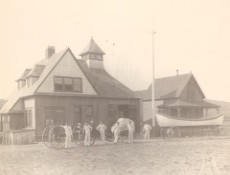 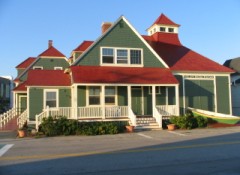
Circa 1889 Circa 2009
| Research Collections
The museum's collections number more than 5,000 objects, and continue to grow. Our collections include United States Lifesaving Service and Massachusetts Humane Society artifacts, a beach cart, the c 1887 surfboat Nantasket, lighthouse artifacts, including a rare 1903 Fourth Order Fresnel lens, ship and lighthouse models, ship fittings, shipwreck fragments, aids to navigation and historical charts. Prints and photographs represent the history of organized lifesaving and the maritime heritage of Boston Harbor through engravings, lithographs, photograph albums, scrapbooks, magic lantern slides, journal articles, rare books, and an extensive collection of historic postcards.
Small craft in the museum collection include dories and tenders, an Alden ocean shell, and a gunning dory built and owned by John Gardiner, the progenitor of the 20th century wooden boat revival. The museum's "floating stock," the working boats used in the Maritime Program's experiential education programs, includes two 38-foot 10-oared Bantry Bay gigs, four 32-foot 6-oared Pilot Gigs, two 24-foot 4-oared Whitehall Gigs, as well as barges, curraghs, and surfboats.
United States Lifesaving Service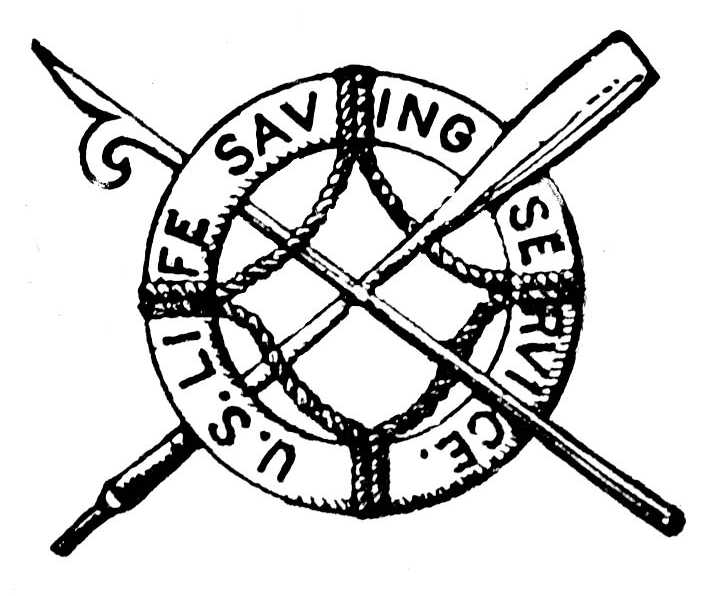
Congress first debated federalizing a lifesaving service following the horrific 1837 loss of the Barque Mexico with 116 Irish immigrant passengers, mostly women and children, off the New Jersey coast. Instead, legislators sporadically funded regional lifesaving efforts for several decades. In the aftermath of the Civil War, the nation’s wealth, trade, and shipping traffic grew rapidly. Volunteer lifesaving services could no longer keep pace with the number of vessels running aground near major ports.
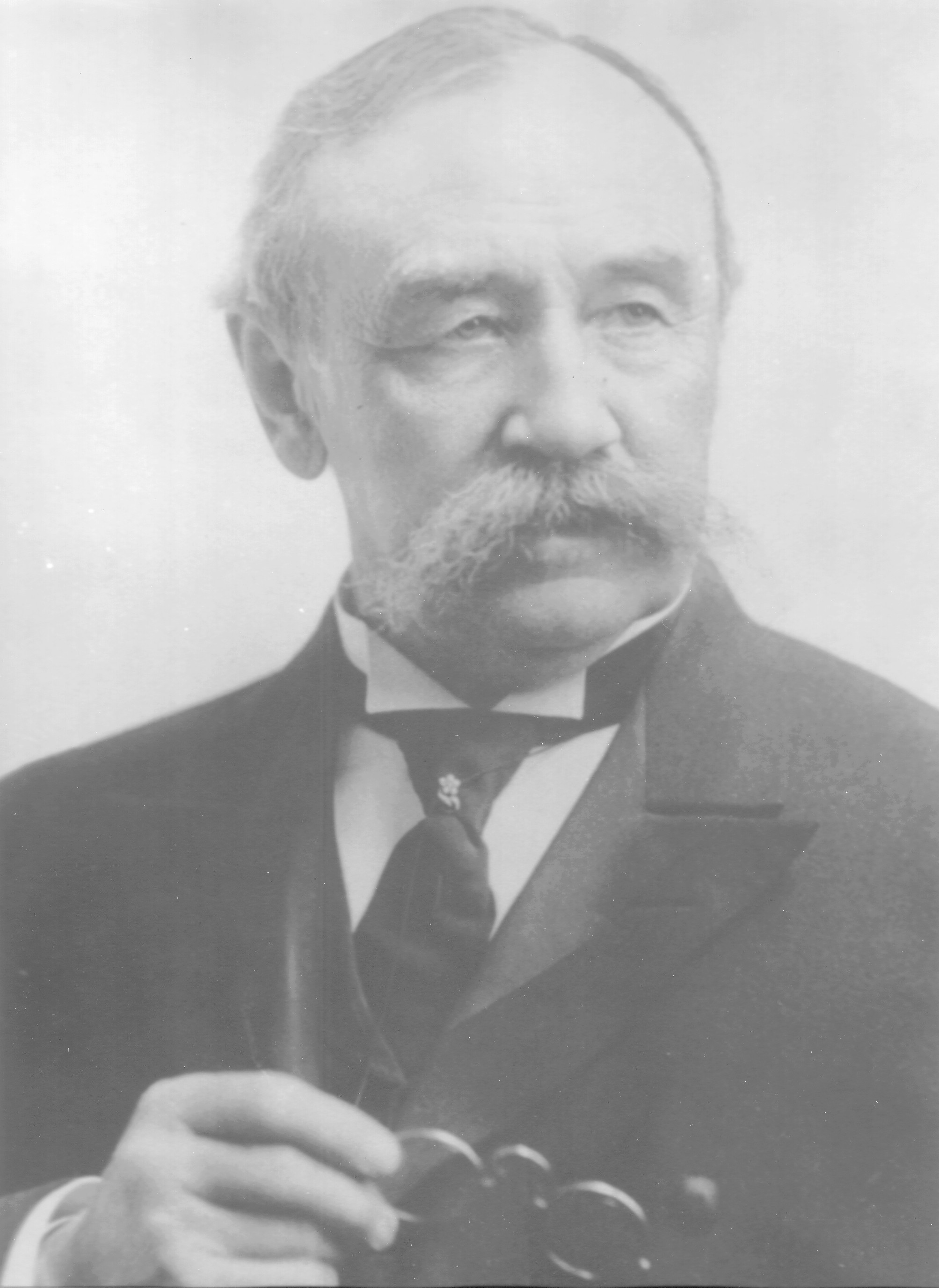 In 1878 Rutherford B. Hayes named Sumner Increase Kimball the General Superintendent of the newly formed U.S. Lifesaving Service. During the next 37 years, USLSS surfmen at 271 stations protected the nation’s shorelines. Using surfboats, breeches buoys, ingenuity, courage, and determination, USLSS “Storm Warriors” aided 28,000 ships and 179,000 people. Only 8% of the vessels (2,424) were lost, and fewer than one percent (1,512) of the wreck victims died. In 1878 Rutherford B. Hayes named Sumner Increase Kimball the General Superintendent of the newly formed U.S. Lifesaving Service. During the next 37 years, USLSS surfmen at 271 stations protected the nation’s shorelines. Using surfboats, breeches buoys, ingenuity, courage, and determination, USLSS “Storm Warriors” aided 28,000 ships and 179,000 people. Only 8% of the vessels (2,424) were lost, and fewer than one percent (1,512) of the wreck victims died.
United States Lifesaving Service Annual Reports are available for research purposes, as well selected copies of USLSS log and reports from Point Allerton Station, and USLSS equipment.
Humane Society of the Commonwealth of Massachusetts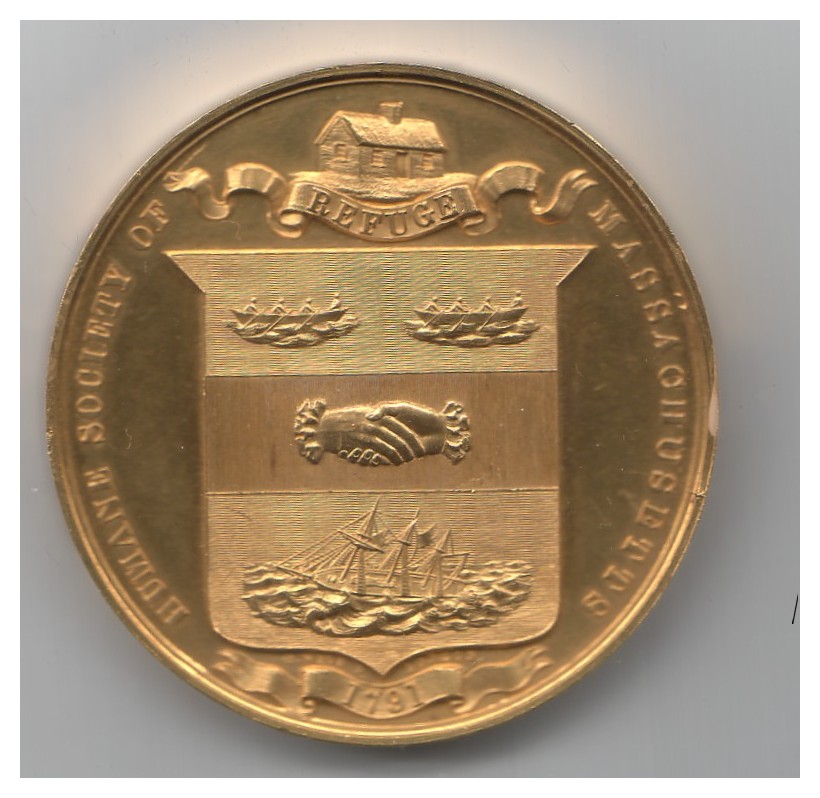
The Massachusetts Humane Society, modeled on Britain’s Royal Humane Society, was established by an act of Congress in 1796. The Massachusetts Humane Society was an all-volunteer, purely humanitarian organization; all early efforts were directed at saving lives rather than ships or cargo. Initially funded entirely by private donations from Boston physicians and shipping merchants, the Humane Society began by erecting Huts of Refuge, equipped with blankets, firewood, and food rations, along treacherous Massachusetts shorelines. Learn more.
United States Coast Guard
For more information on Coast Guard history please visit the Coast Guard Historian's website .
Edward Rowe Snow
Slideshow: Edward Row Snow's Boston Harbor Ramblers
The museum's Edward Rowe Snow collection includes books, newspaper articles, photographs, and original documents by the popular Boston Harbor historian and author. Many of these materials relate to Snow's role as "Flying Santa," delivering gifts to lighthouses along the coast. Please call to arrange research access to this collection.
Famous Rescues:
Portland Gale
The Portland Gale of November 26-28, 1898, one of the most devastating storms in the history of the Massachusetts coast, bears the name of the steamer Portland, lost with all souls after leaving Boston Harbor for Maine. The shores of Hull also saw loss of life during the Portland Gale, despite the tireless efforts of the Hull lifesaving crews. The following ships were among those wrecked off Hull during the storm.
Abel B. Babcock Learn more.
Henry Tilton Learn more.
Calvin Baker Learn more.
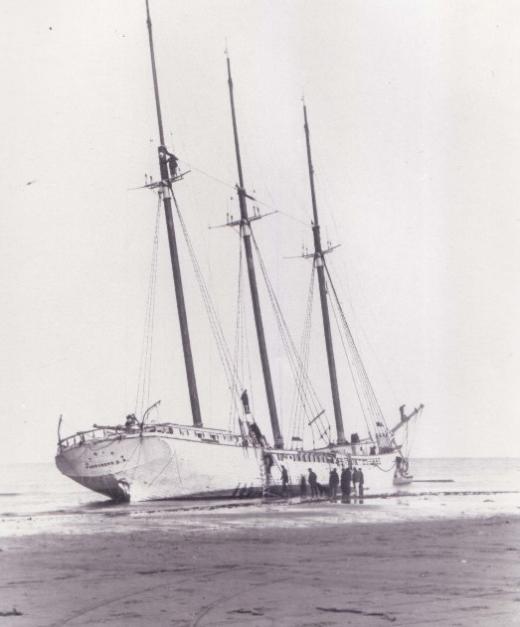 Wreck of the Ulrica Wreck of the Ulrica
Bound from Nova Scotia to Hoboken New Jersey, loaded with plaster. All on board were rescued by the Point Allerton US Lifesaving station crew, led by Captain Joshua James. They were brought to shore in the surfboat Nantasket. Learn more.
Nancy
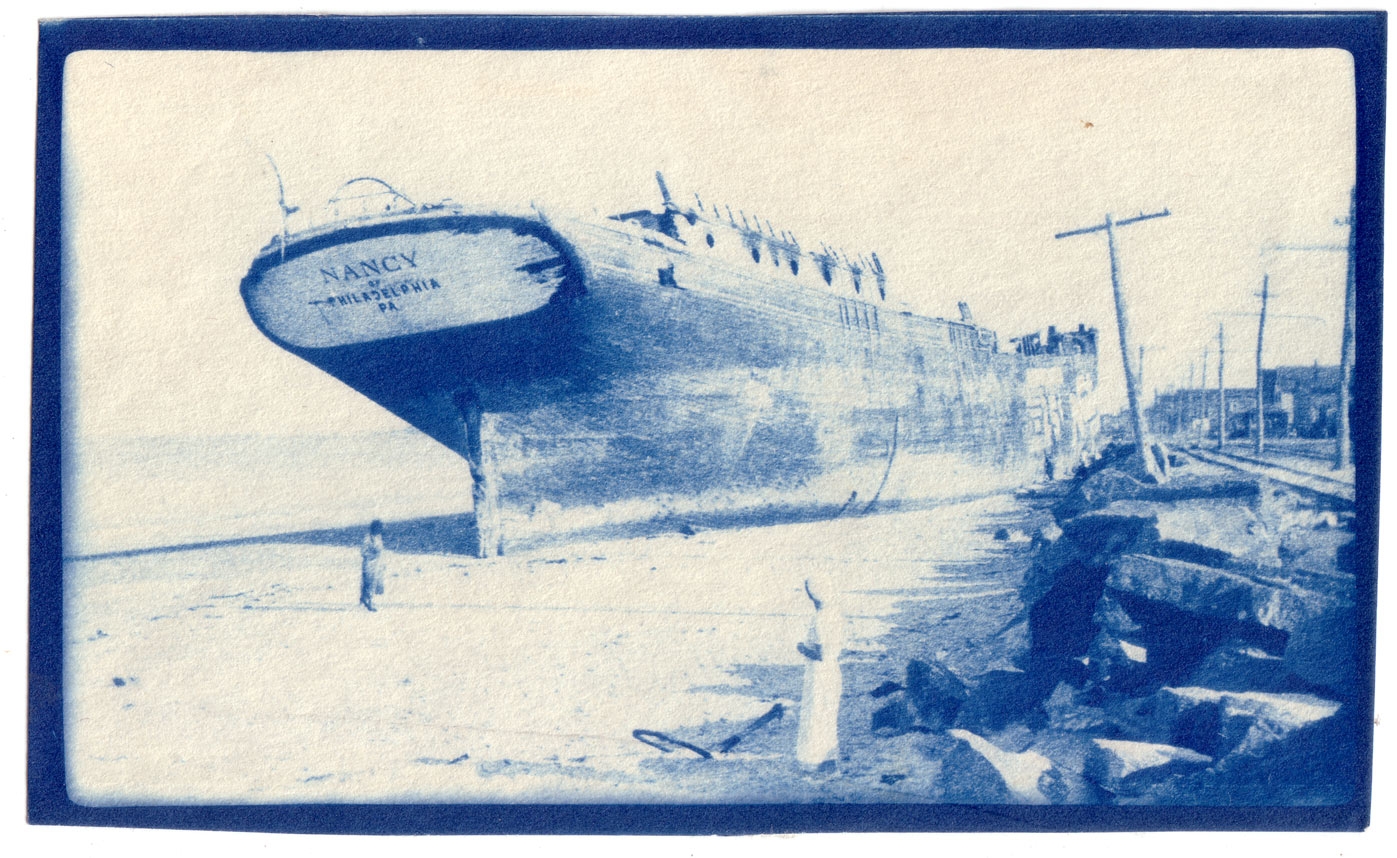 On February 20, 1927, during a severe northeast storm with winds exceeding 70 mph, the Nancy, of Philadelphia, was driven onto the shore. In what proved to be their last rescue in Hull, Massachusetts Humane Society volunteers, lead by Captain Osceola James (Joshua’s son), brought all nine crew members safely ashore. Salvage efforts were unsuccessful and the Nancy stood driven deep into Nantasket sands throughout the 1930s. A popular tourist attraction, adults paid 25 cents and children 15 cents to go aboard the wreck. While the unstable hull was eventually burned, savvy beachcombers say that Nancy’s keel can still be seen buried in the sands near the southern end of Nantasket Beach. Learn more. On February 20, 1927, during a severe northeast storm with winds exceeding 70 mph, the Nancy, of Philadelphia, was driven onto the shore. In what proved to be their last rescue in Hull, Massachusetts Humane Society volunteers, lead by Captain Osceola James (Joshua’s son), brought all nine crew members safely ashore. Salvage efforts were unsuccessful and the Nancy stood driven deep into Nantasket sands throughout the 1930s. A popular tourist attraction, adults paid 25 cents and children 15 cents to go aboard the wreck. While the unstable hull was eventually burned, savvy beachcombers say that Nancy’s keel can still be seen buried in the sands near the southern end of Nantasket Beach. Learn more.
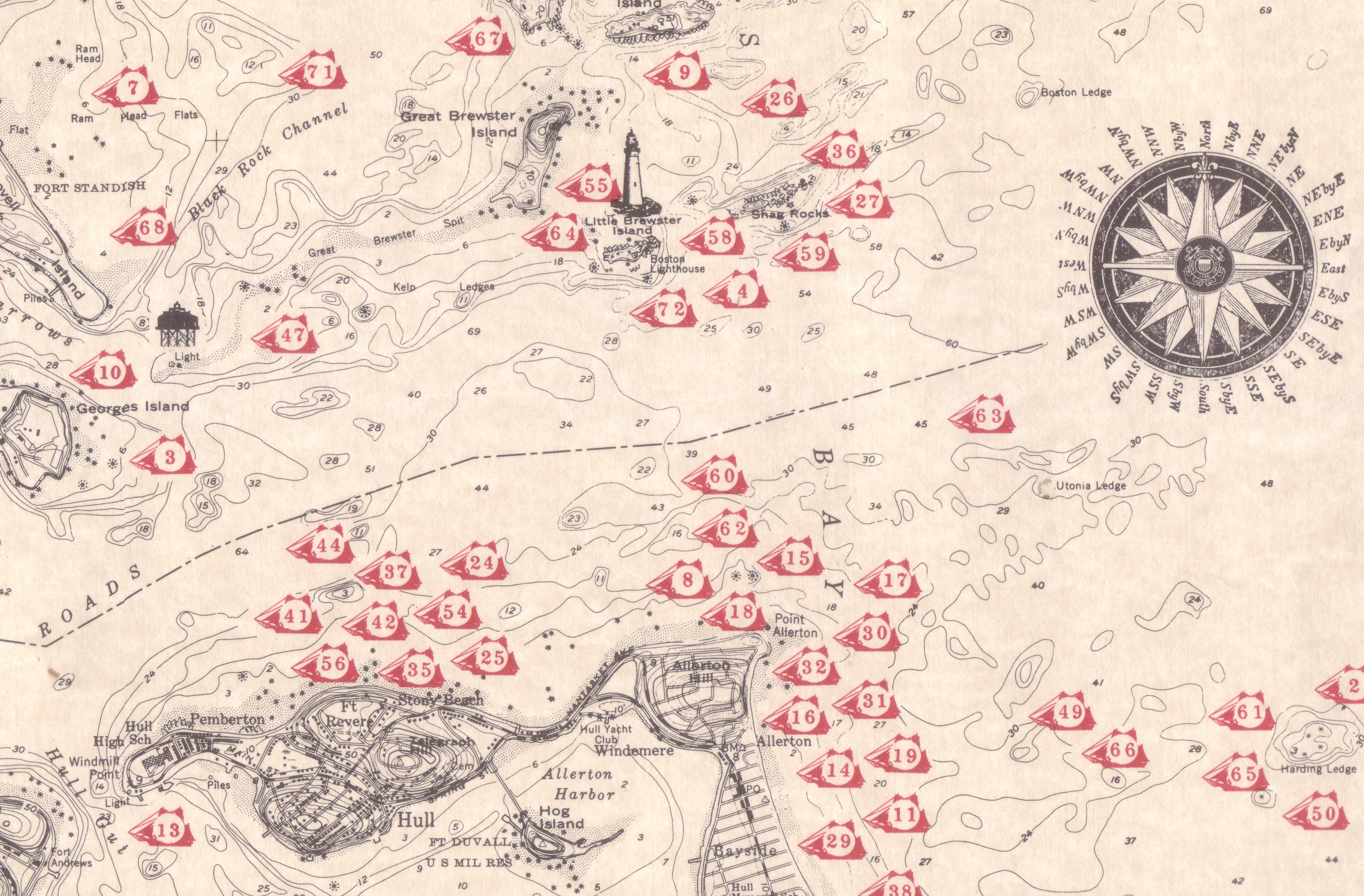 To learn more about these famous shipwrecks and daring rescues visit our website: Boston Harbor Shipwrecks . To learn more about these famous shipwrecks and daring rescues visit our website: Boston Harbor Shipwrecks .
|
|
|